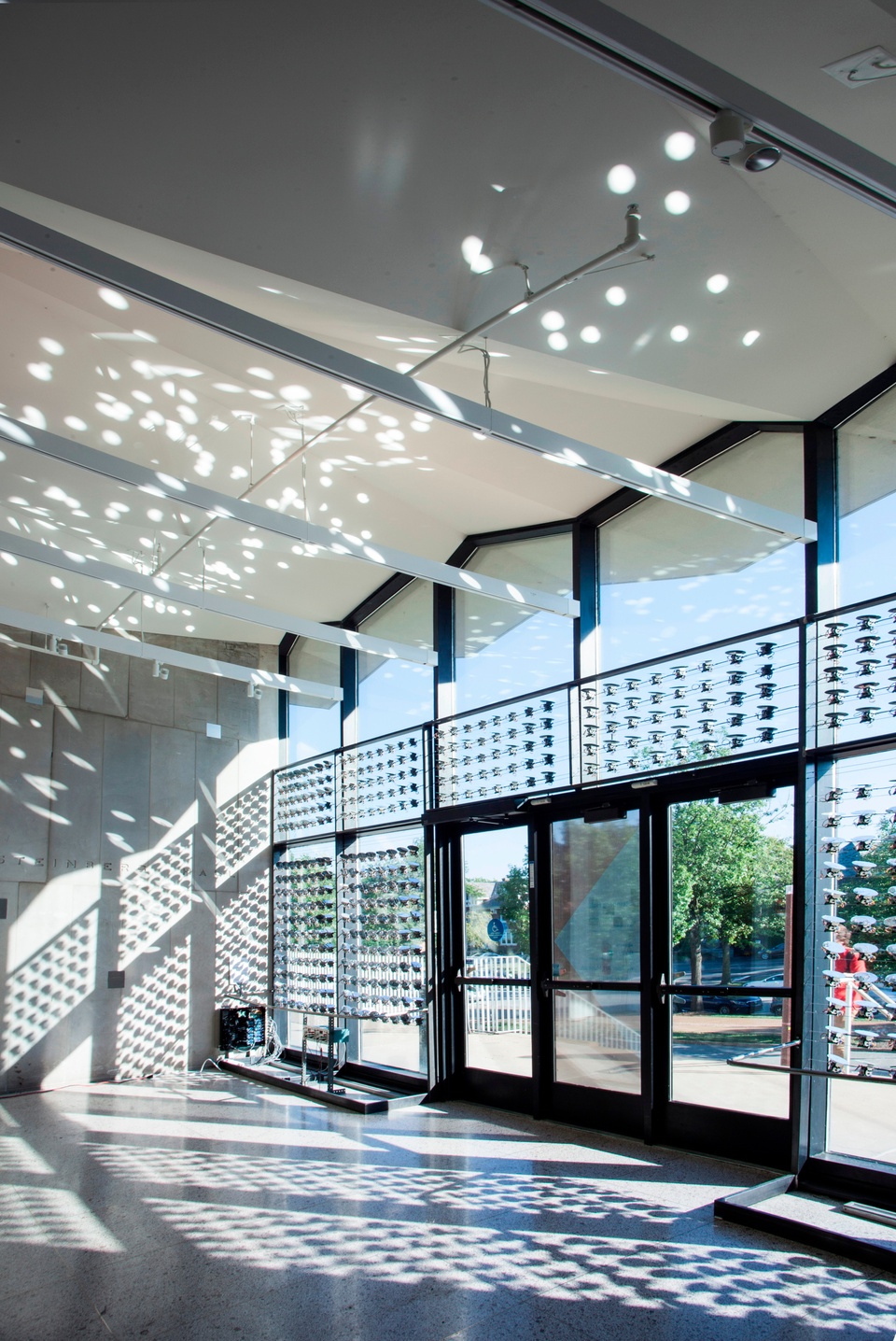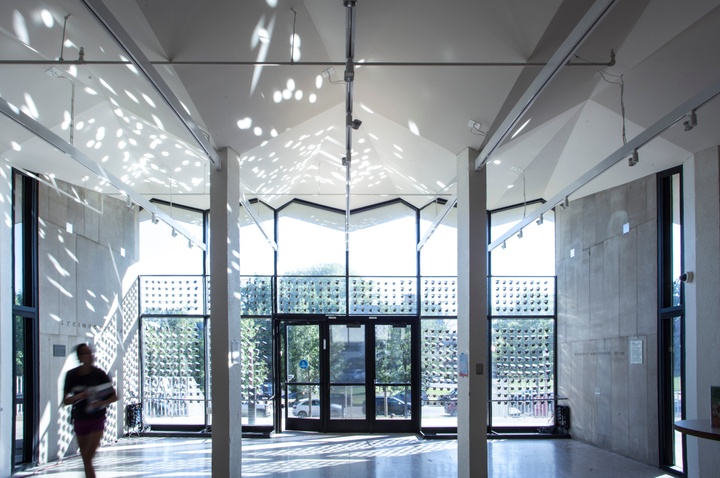Chandler Ahrens
Chandler Ahrens is an associate professor at Washington University in St. Louis as well as a co-founder of Open Source Architecture (OSA), an international transdisciplinary collaboration developing research and commissioned projects. His focus is on the intersection of material investigations, environmental phenomena, and computational design processes. His teaching has been recognized with an Emerging Faculty Award from the Building Technology Educators Society. His work with OSA has received several AIA design awards, a Chicago Athenaeum New American Architecture Award, and is part of the permanent collection at the Fonds Regional d’Art Contemporain in Orleans, France. He is the editor of “Instabilities and Potentialities, Notes on the Nature of Knowledge in Digital Architecture” (2019), co-curator and editor of the “Gen(h)ome Project” (2006), and co-chair and editor for the exhibition “Evolutive Means, ACADIA2010.” He was on the board of directors for ACADIA. Prior to OSA, Ahrens has worked for several large international architectural firms, including nine years as a senior project designer at Morphosis Architects, where he was responsible for notable builds such as the New Academic Building at Cooper Union in New York; Hypo-Alpe Adria bank in Udine, Italy; Emerson College in Los Angeles; the U.S. Embassy in London; and Phare Tower in Paris, France. He has been a visiting professor at the Confluence Institute for Innovation and Creative Strategies in Lyon, France, since its inception in 2014.
Featured Project
Catoptric Surface
Date: 2016-present
Partners: Department of Computer Science & Engineering, McKelvey School of Engineering, Washington University in St. Louis
This research project is a robotic façade system where each mirror rotates independently, controlled by a computer and electric motors to reflect daylight from the exterior deep within the building in precise locations. In this sense, each mirror can be considered to produce a pixel of daylight. The location of each pixel of light is determined by any raster-based image that is provided to the software. As each mirror rotates to reflect daylight onto a chosen location, it attempts to recreate a very low-resolution version of the input image. This prototype could be used to control specific practical quantities of daylight for varying needs, but also to generate atmospheric effects.
Featured Publication
Instabilities and Potentialities, Notes on the Nature of Knowledge in Digital Architecture
Instabilities and Potentialities explores our post-digital culture to better understand its impact on theoretical discourse and design processes in architecture. The role of digital technologies and its ever-increasing infusion of information into the design process entails three main shifts in the way we approach architecture: its movement from an abstracted mode of codification to the formation of its image; the emergence of the informed object as a statistical model rather than a fixed entity; and the increasing porosity of the architectural discipline to other fields of knowledge. Instabilities and Potentialities aims to bridge theoretical and practical approaches in digital architecture.
Publication Details
Instabilities and Potentialities, Notes on the Nature of Knowledge in Digital Architecture
Editors: Chandler Ahrens and Aaron Sprecher
Routledge, 2019
274 Pages
ISBN 9781138583986
Additional Work by Chandler Ahrens













